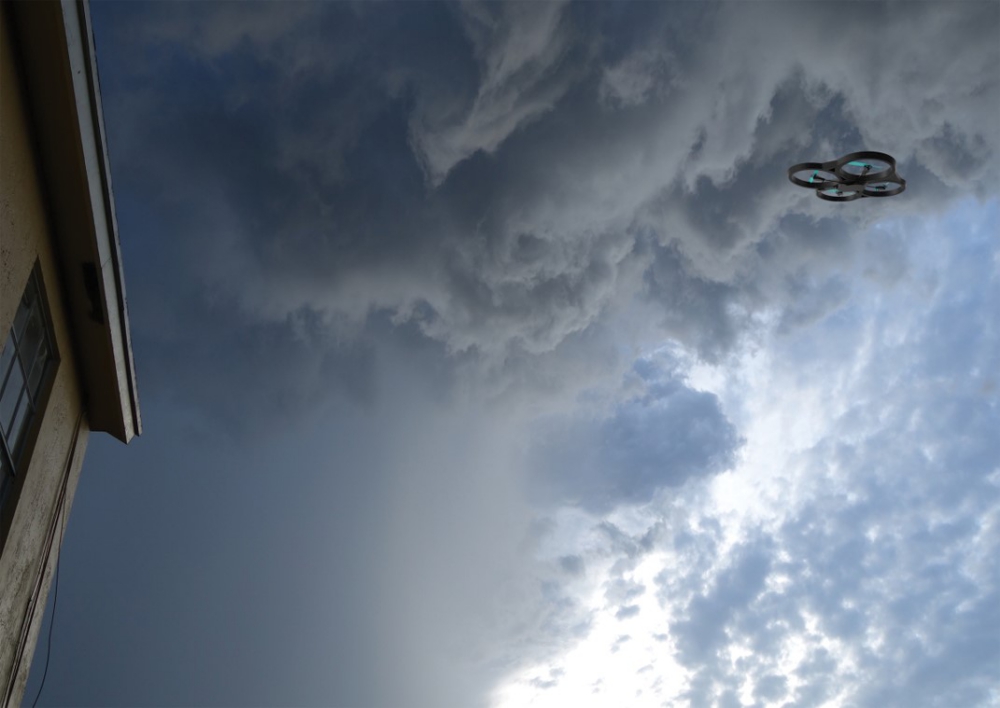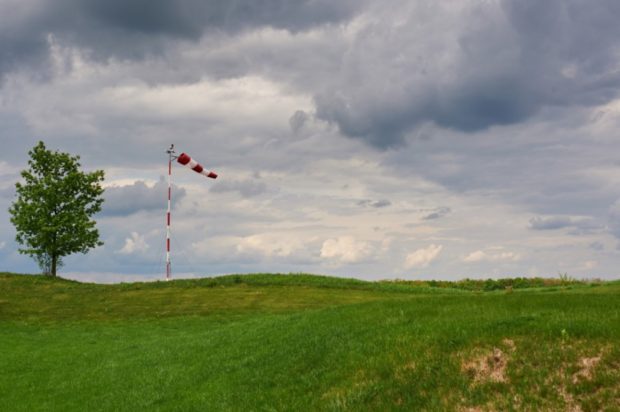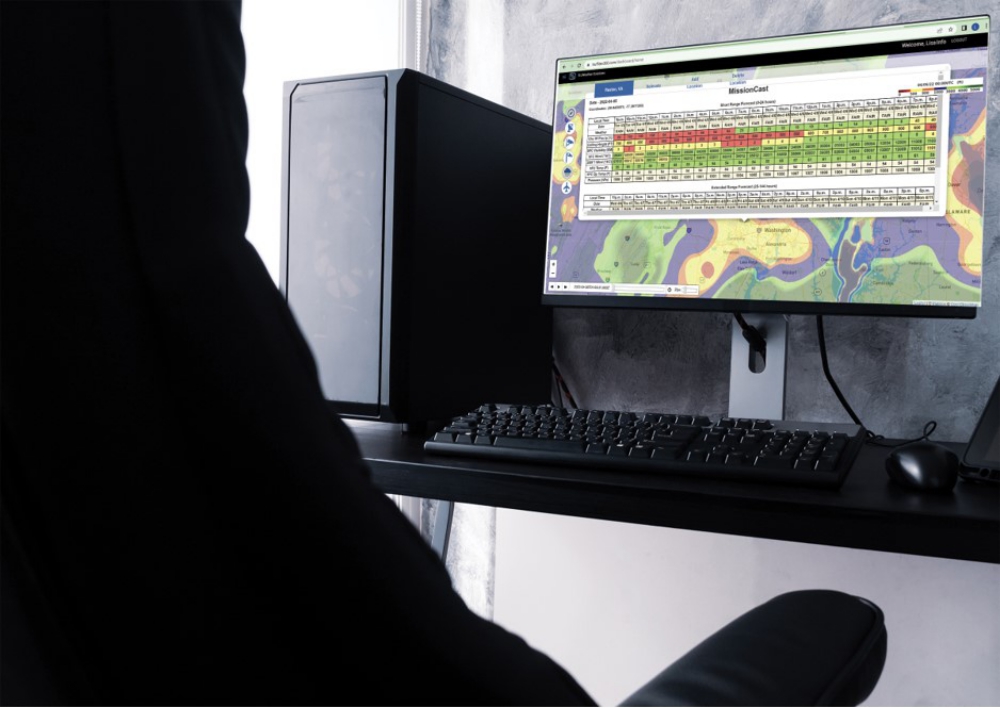Reston, Virginia-based micro weather data and analytics firm TruWeather Solutions recently joined forces with Reno, Nevada-based Iris Automation.
Iris Automation, a safety avionics technology company pioneering on and off board perception systems and aviation policy services, enables customers to build scalable operations for crewed and uncrewed aircraft operations.
Under this alliance, Iris will integrate TruWeather’s cost-effective weather sensors into Iris Automation’s Casia G ground-based surveillance system (GBSS). This meshed network will provide real-time integrated communications, collision avoidance and micro-weather data to operators.
Micro weather, low-altitude local atmospheric conditions, can often substantially differ from that in higher altitudes. This injects uncertainty into the safety equation. This uncertainty can significantly impact uncrewed aircraft system (UAS) and advanced air mobility (AAM) operations and revenue.

Uncertainty in micro weather and wind conditions will result in fewer flights, disgruntled customers and significant revenue losses. The TruWeather – Iris Automation Collaboration seeks to turn the tide
According to an FAA-funded MIT Lincoln Lab study, currently only 3% of the U.S. has accurate surface weather and cloud ceiling report measurements. TruWeather’s CEO, Don Berchoff, a retired U.S. Air Force Colonel and former Senior Executive Service Technology Director of the National Weather Service Science, refers to this gap as a “data desert.”
According to Berchoff, a former air refueling and logistics base commander in Kyrgyzstan and who spent 24 years advising military operators on weather risks, up to 40% of crewed aviation flights that are either canceled or delayed due to weather could have flown. He anticipates even higher scrub rates will occur for UAS’ flying beyond-visual-line-of-sight, with no pilot on board to spot problems. That is, unless the surface and low altitude weather measurement gap can be closed.
To close those weather gaps, TruWeather previously allied with six novel sensor providers to blanket the country and the globe with the necessary infrastructure and capabilities.
Even before this, Berchoff and his team had launched TruFlite V360° to provide a vertical 360° view of the atmosphere. It crowd-sources the best government and commercial micro-weather data sets available and translates the data into Go/No-Go insights.
But more is needed. Berchoff explained,
“The industry requires even more low altitude weather measurements to increase data fidelity and flights per airframe. Without this, uncertain micro weather and wind conditions, whether in rural, suburban or urban areas, will result in conservative business decisions. Failure to get after this problem will result in fewer flights, disgruntled customers and significant revenue losses.”
That’s where additional weather sensors come into play. TruWeather recently turned its focus to sensor placement and density optimization to capture microscale features with rapid update, at the lowest cost possible. Incorporating weather sensors into Iris Automation’s non-radar based passive ground based system, Casia G, simply made sense for both companies.
In 2022, Iris Automation launched Casia G to allow operators to better detect approaching aircraft and avoid collisions. It leverages the same artificial intelligence and computer vision technology used in the company’s Casia series of onboard integrated systems, including its 360 degree / 6-camera system, Casia X. When combined, Casia G and Casia X provide unparalleled situational awareness for intelligent decision-making, including alerts and manual or autonomous collision avoidance.
All Casia onboard systems can detect a small general aviation aircraft at an average distance of 1.2 km with a 93.2% detection rate. Comparatively, Casia’s milliseconds reaction time exceeds that of human pilots, who take about 12.5 seconds on average to avoid collision threats.
Because Casia G is sensor agnostic, it can be easily integrated with weather sensors to add real time weather data to nodes (the UA, Casia G, the command center), in addition to its already seamless air and ground-based communications.
“Micro weather information is critical to commercial drone operations, avoiding aborted flights and unnecessary risks and overhead in order to meet the FAA 107 weather minimums,”
noted Lori DeMatteis, Global Vice President Sales, Marketing and Customer Success for Iris Automation.
She said,
“Integrated with our Casia G ground-based detect and avoid solution, the TruWeather solution provides up to the minute, highly localized climate information to ensure safe drone operations in one easy setup. This meets the FAA’s stringent requirements and brings together all the required data in one dashboard.”
“This partnership will drive the expansion of BVLOS safety best practices,” added DeMatteis. She said, “It will offer clients immediate value to ensure operational safety, and rapidly changing climate information for emergency preparedness activities, ensuring both public and personnel safety.”
The vast deployments expected around the world with this solution will also feed continual learning and reporting improvements into TruWeather’s micro-weather products and services. This will benefit all users, regardless of local climates.
Both companies understand the significance of working together on this critical safety initiative to the global public and the international uncrewed industry. Both have shared that they expect to see greater levels of integrations and partnerships such as this, to offer complete flight operations solutions, in the future.


